I taught virtual workshops last month and before teaching one on editing, I was asked to comment on typical mistakes, red flags, and screw-ups that are easily noticed in manuscripts. I’m going to list them here, starting with something that drives me kind of batty. File it under A for Accuracy. 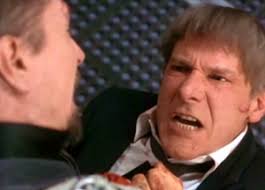
- Forget Hollywood, John Wick, John Wayne and the worst of moviedom. Forget every shootout, stunt, sword fight, car chase, foot chase, strangulation and karate kick down you’ve watched. Especially those where the hero shoots his enemy at close range and doesn’t end up splattered in blood. Verify every fact, action, detail, bullet trajectory, weapon used for accuracy. And blood splatter. It’s especially egregious when suspense and crime writers get things wrong. That means bullets and bodies are flying, with no possible relation to reality. And don’t get me started how heroes survive a firestorm of bullets by dodging and a few somersaults while spouting clever comebacks. Wayward gunfire happens. A barrage of bullets will injure or kill someone. Assault weapons are killing machines, which is why they were devised for the military.
- Start with motivation, think through cause and effect, and how action scenes will reveal characters. If the scene doesn’t push the story forward it simply doesn’t belong.
- Take care when using iconic locations. When your character charges across a well-known landscape like the National Mall in DC or Times Square in New York or avenues in Paris, many readers will know the lay of the land. Same for famous buildings from the Empire State Building to the Eiffel Tower to the Taj Mahal.
- Understand and verify sight lines. First, unless a character is using some kind of device, most people cannot see blocks or (heaven help me) miles. They especially cannot recognize someone waltzing or skulking down the street blocks away.
- More about sight lines: Unless a shooter uses a scope or a special weapon, they cannot shoot targets who are running around a block or two away. Now, some weapons can shoot a mile or more. It’s one reason hunting accidents happen. But can your character’s weapon shoot that far? Are you thoroughly familiar with the weapon? Have you fired it? Handling and shooting guns, experiencing the heft and smells is amazingly elucidating. Is your character a trained marksman? And as far as a gun fight–unless you have firsthand or expertly researched information, why is it in your story? And don’t forget, shooting back at assailants is especially difficult while dodging gunfire. And few ninjas, Navy Seals, or trained experts of any ilk can dash across a vast, empty expanse unharmed when someone is gunning for them.
 Less is more. Especially if you have no firsthand knowledge. And my dear fellow writers, most of us have not. Most of us have not been beaten to a pulp, shot or strangled someone, or fell into an icy river. The less you know about what’s happening in a scene–be a gunfight or running in a dark forest–the more you just might need to keep things tight. Avoid complicated scenarios and ninja moves. Instead, factor in the big picture. How does the altercation move the story forward? What is the scene goal? Are the stakes high? If not, why the confrontation? Will an action scene expose your protagonist’s flaws? Self doubts? Have you foreshadowed the events? Will the scene rise to the highest drama possible?
Less is more. Especially if you have no firsthand knowledge. And my dear fellow writers, most of us have not. Most of us have not been beaten to a pulp, shot or strangled someone, or fell into an icy river. The less you know about what’s happening in a scene–be a gunfight or running in a dark forest–the more you just might need to keep things tight. Avoid complicated scenarios and ninja moves. Instead, factor in the big picture. How does the altercation move the story forward? What is the scene goal? Are the stakes high? If not, why the confrontation? Will an action scene expose your protagonist’s flaws? Self doubts? Have you foreshadowed the events? Will the scene rise to the highest drama possible?- Fights of any kind are exhausting. Swords are heavy. Breathing will get ragged. Blows to the head likely cause concussions. If your character–an ordinary citizen or sloppy P.I.–takes multiple punches it’s likely game over. In the body is a not meant to be a punching bag. If someone is knocked unconscious, it’s not likely he’s going to scraggle to his feet and continue exchanging blows. Unless he’s a professional boxer and even then it’s game over.
- Bad guys are rarely gentlemanly and don’t take turns. Or play by the rules. Or stop amid the fight to spout jokes or make confessions. The Joker notwithstanding. Villains and bad guys of all types are hellbent on taking down their opponents. Period. That means tripping an opponent, biting, gouging eyes, spitting, hair pulling, diversions, and assorted dirty tricks. Or running over the protagonist with a heavy SUV. Cuteness, cleverness and to-the-death battles rarely mix. Unless you’re Inigo Montoya in Princess Bride. Who survived sword thrusts, but still defeated Count Rugen. Because it was a fairy tale and sometimes good guys can survive grievous wounds. And Montoya had a righteous, fire-in-the-belly need to avenge his father’s murder.
- Along those lines, ease up on dialogue. Avoid repetitions and threats. Again, unless you’re
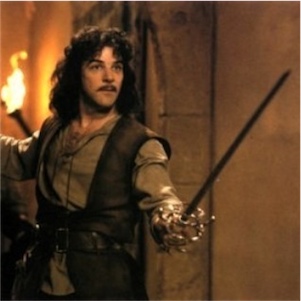 Montoya uttering, “Hello. You killed my father and now prepare to die.”
Montoya uttering, “Hello. You killed my father and now prepare to die.” - Fires burn. Lungs, skin, tissue. Heroes dashing in and out of wall-to-wall flames to rescue babies, puppies, and damsels will get scorched. Their lungs will get wrecked unless they’re wearing some kind of mask/respirator. Burns scar. The pain lasts a lifetime.
- Darkness conceals. Scary scenes happen in the dark for a reason. Because everyone, unless wearing night vision goggles, is at a disadvantage. Same with fog, smoke, blizzards, and whiteouts. Having recently driven through a mix of dense smoke and fog so thick it was like a whiteout from my days in northern Wisconsin, your nerves are on such high alert that it might take your neck a few hours to unkink.
- And speaking of nerves, research what happens to the human brain and body when in danger. If you don’t know about how the nervous system works when a human is you shouldn’t be writing about characters in danger. Fight-flight-freeze is real. It’s your job to know exactly how the human body works under many circumstances and stressors.
- Study scene basics. Take care with structure–short sentences and punchy verbs are needed. Use all the senses. Sweat, sour breath, coppery blood, vomit, reeking corpses. The buzz of swarming flies and crawling maggots. Grunts, groans, oofs, plop, scream, shrieks, siren wails all work for a reason. Because the human body responses to them. And don’t forget touch–the most intimate sense. What does a cold body feel like?
- If your story includes a murder, the police and legal response to it must be faultless. I’ve
 worked on manuscript where a protagonist leapt from a plane and all was well. And I’m not talking about a military exercise. Another story where a murder happened and there was no logical, fact-based, or realistic aftermath in the investigation. The world is chock full of TV shows and films that depict accurate or mostly accurate police and legal procedures. If you screw up any aspect of crime writing your credibility vanishes after your first mistake.
worked on manuscript where a protagonist leapt from a plane and all was well. And I’m not talking about a military exercise. Another story where a murder happened and there was no logical, fact-based, or realistic aftermath in the investigation. The world is chock full of TV shows and films that depict accurate or mostly accurate police and legal procedures. If you screw up any aspect of crime writing your credibility vanishes after your first mistake. - Know the laws governing your story. If the state or country the murder occurs in has the death sentence. If the accused needs to be read his rights. If bail can be posted. If the accused has the right to an attorney or phone call.
- Along those lines, precise details in any crime or suspense novel will sell the story. Obviously a good plot is crucial, but it’s the realism that nails it. Know exactly what a crime scene looks like and who works when investigating crimes from the coroner to the fingerprint team. Exactly what the inside of a prison entails. What prisoners wear, eat, and do with their time.
- A realistic aftermath is beyond crucial. Know how much blood loss occurs. What a drastic drop in blood pressure means. How a faltering heart is revived. While tissues swell, bruises do not sprout immediately after a punch or blow. Bruises change color over time until they fade and heal. Body blows don’t ease with a shot and an aspirin and don’t heal over night. If someone is punched in the face or nose, even if nothing is broken, the pain is enormous, eyes water.
So what’s a writer to do? Interview experts. Investigate until your brain numbs. Choreograph and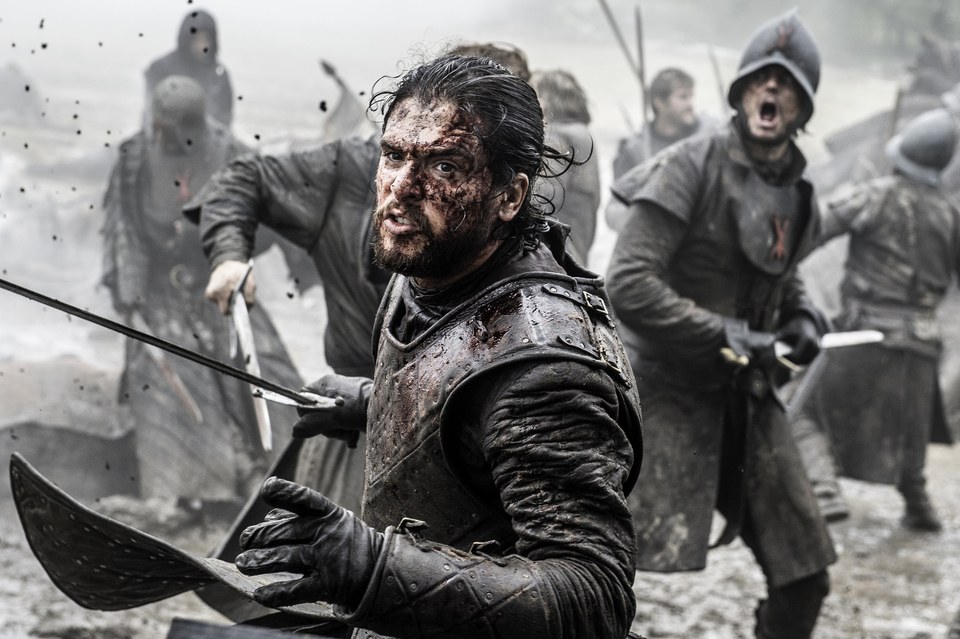 sketch out your scene. Use exact measurements to determine where characters are hiding, swashbuckling, and shooting. How many feet or yards separate them? What blocks the sight lines? Are there realistic hiding places? Then act them out, pace distances and figure out where punches will land. If you’re alone when writing then use the dog or a footstool or a pile of books. Know what damage punches will inflict. Before your character leaps from a rooftop, don’t plan for bird-like miracles.
sketch out your scene. Use exact measurements to determine where characters are hiding, swashbuckling, and shooting. How many feet or yards separate them? What blocks the sight lines? Are there realistic hiding places? Then act them out, pace distances and figure out where punches will land. If you’re alone when writing then use the dog or a footstool or a pile of books. Know what damage punches will inflict. Before your character leaps from a rooftop, don’t plan for bird-like miracles.
If you’re writing about the Old West visit locations and museums. If you’re never ridden a horse, and your character is going race down a varmint or bank robber, why are you writing about horse chases? Seriously.
One More Tip: While most people will be charged with adrenaline when under attack, it’s also likely that they’ll screw up. Trip, slip, stumble, pee their pants, underestimate opponents, panic, freeze.
Stay hopeful, keep writing, and for god’s sake vote. While wearing a damn mask. Better yet, work to get out the vote, and don’t fall for all this balderdash about voter fraud. Future generations depend on our votes. And I realize people from other countries read this space. Thanks for putting up with the madness that is now the U.S.A. We will get better.
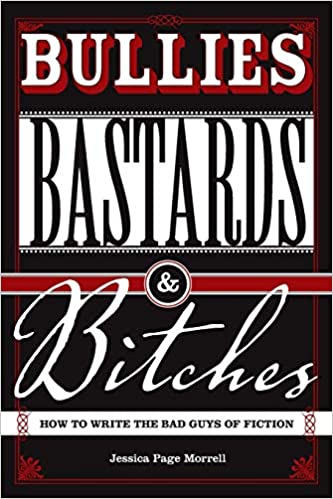

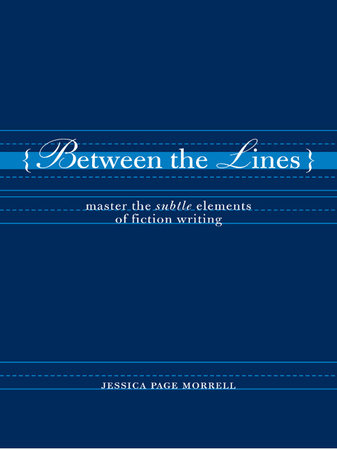

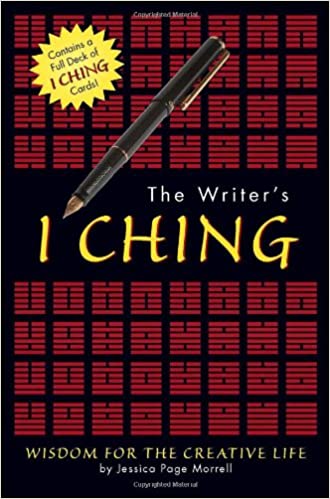
Leave a Reply